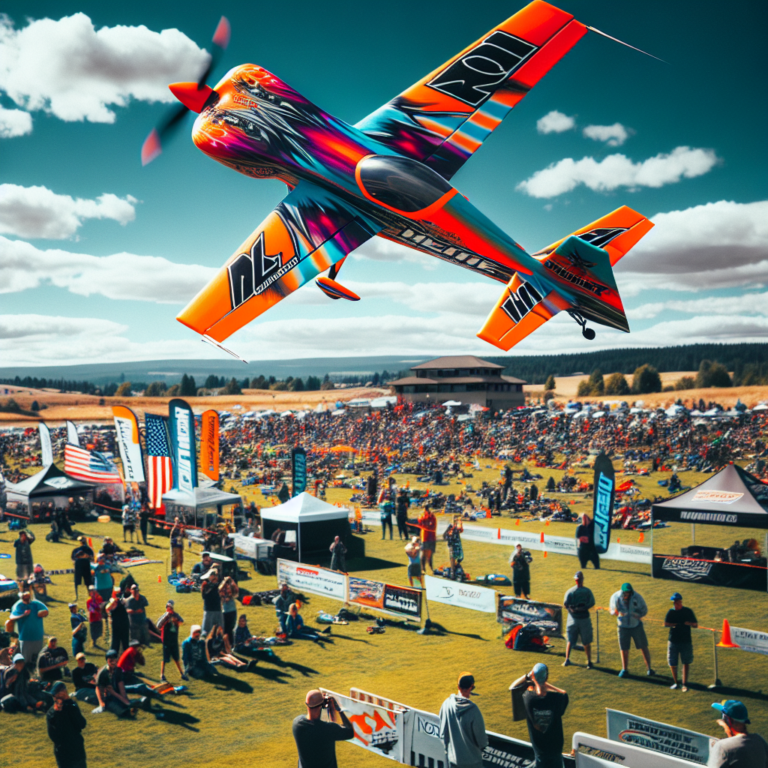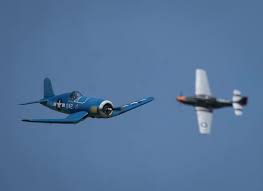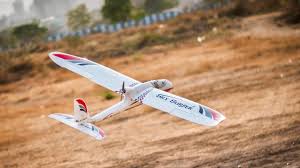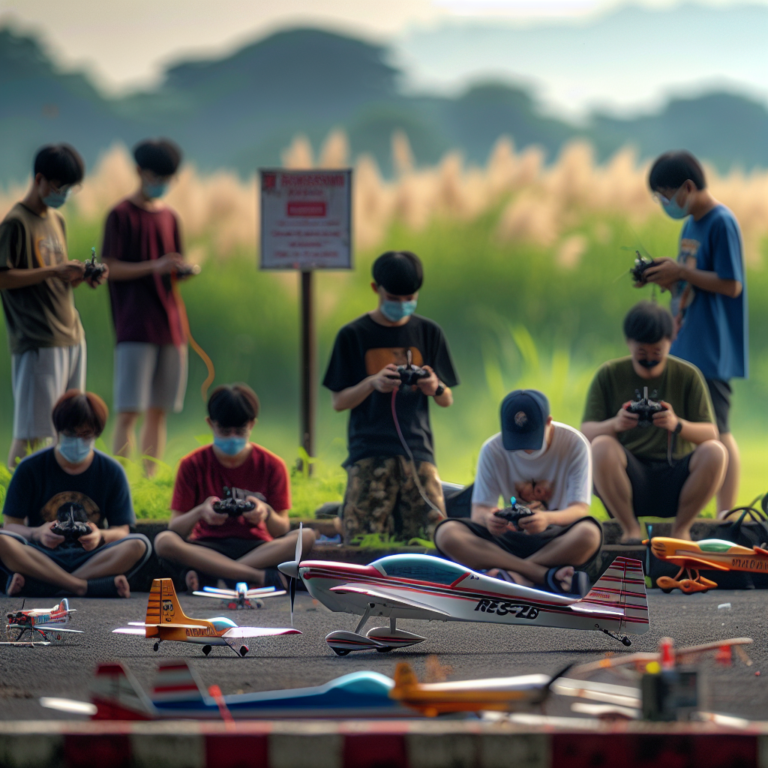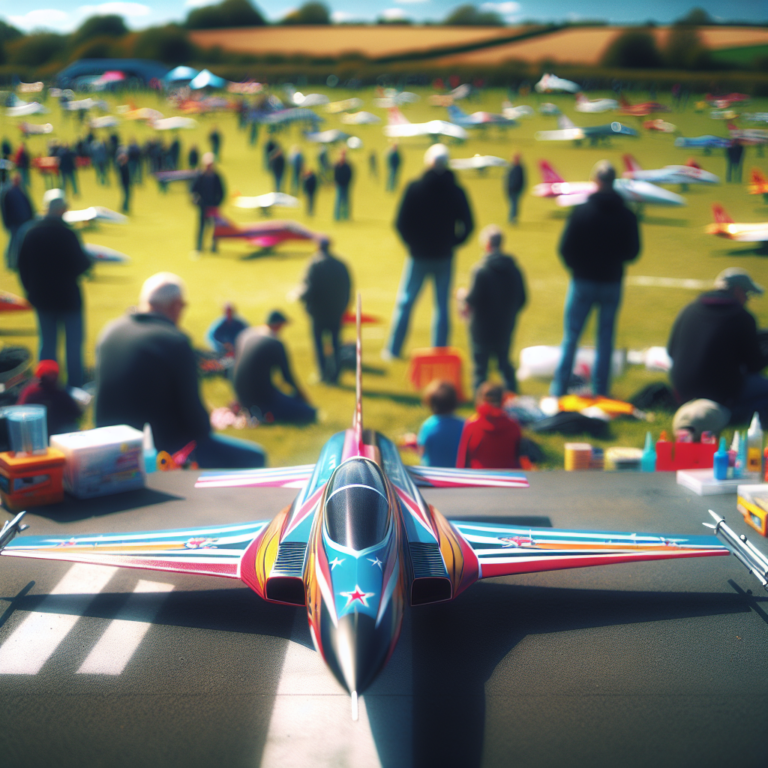Build an Affordable RC Trainer Plane with Foam: DIY Guide
Introduction
Are you passionate about remote control planes but thwarted by exorbitant prices? Look no further! This comprehensive guide on building an affordable RC trainer plane with foam is tailored just for you. With some basic materials, a few hours of dedication, and a pinch of creativity, you can craft a reliable trainer plane that offers an enriching flying experience.
Why Choose Foam?
Foam is an excellent material for building RC planes, especially for beginners. Here are some compelling reasons why:
- Lightweight: Foam is much lighter than other materials like wood or metal, making the plane easier to handle and fly.
- Ease of Construction: Foam can be easily cut, shaped, and glued without requiring specialized tools or expertise.
- Cost-Effective: Foam is relatively inexpensive, making it a perfect choice for those on a budget.
- Crash Resilience: Foam-based planes can withstand crashes better, making them ideal for beginners still learning the ropes.
Materials Needed
To get started, you will need the following materials:
- Foam board (preferably Depron or XPS)
- Hot glue gun and hot glue sticks
- X-Acto knife or utility knife
- Ruler and measuring tape
- Marker or pen
- Carbon fiber rods or wooden dowels for reinforcing the wings
- Motor, ESC (Electronic Speed Controller), and propeller
- Servos (typically 9g micro servos)
- Receiver and transmitter (4-channel minimum)
- LiPo battery (3S recommended)
Step-by-Step Guide
Step 1: Design and Plan
Before diving into construction, it’s essential to have a clear design and plan. Sketch your plane’s design on paper, focusing on the wing span, fuselage length, and tail dimensions. For a beginner-friendly trainer plane, a wingspan of 36 inches and a fuselage length of approximately 30 inches is ideal.
Step 2: Cut the Foam
Using your design as a guide, carefully cut the foam board into various components of the plane: wings, fuselage, vertical stabilizer, and horizontal stabilizer. Ensure precise measurements and clean cuts to facilitate easy assembly later on.
Step 3: Assemble the Wings
Reinforce the wings with carbon fiber rods or wooden dowels to enhance their durability and strength. Use a hot glue gun to affix these reinforcements securely. Once reinforced, glue the wing halves together to form a single, sturdy wing.
Step 4: Construct the Fuselage
Assemble the fuselage by gluing together the cut foam pieces. Ensure the fuselage is well-aligned and symmetrical. Create compartments within the fuselage to house the motor, ESC, battery, and receiver, ensuring proper balance and weight distribution.
Step 5: Attach the Tail
Glue the vertical and horizontal stabilizers to the rear of the fuselage. Ensure both are perpendicular to each other to ensure stable flight dynamics. Use additional glue to reinforce these joints if necessary.
Step 6: Install Electronics
Secure the motor to the front of the fuselage, ensuring it is aligned correctly. Connect the ESC to the motor, ensuring all wires are securely fastened. Install the servos, one for each control surface (rudder, elevator, and ailerons), and connect them to the receiver. Finally, place the LiPo battery in its designated compartment and ensure it is secure.
Final Steps
Step 7: Balance and Test
Once all components are assembled, it’s crucial to check the plane’s center of gravity (CG). A properly balanced plane ensures stable flight and easier control. Adjust the battery placement or add small weights as needed to achieve the correct CG.
Step 8: Pre-Flight Checks
Before your maiden flight, perform a thorough pre-flight check:
- Ensure all control surfaces move freely and respond correctly to transmitter inputs.
- Double-check all connections and ensure the battery is fully charged.
- Inspect the plane for any loose or weak joints and reinforce them if necessary.
Flying Your DIY RC Trainer Plane
With everything in place, it’s time to soar through the skies! Find a wide-open field free from obstructions and cautiously launch your plane. Here are some flying tips:
- Gentle Throttle: Start with gentle throttle inputs and gradually increase as you get comfortable with the controls.
- Smooth Controls: Make smooth and gradual control inputs to maintain stability and avoid sudden jerks.
- Avoid Windy Conditions: For your first few flights, choose calm weather conditions to make the learning process easier.
Remember, practice makes perfect. Don’t get discouraged by initial crashes or mishaps. With persistence and patience, you’ll soon be flying like a pro!
Conclusion
Building an affordable RC trainer plane with foam is an enriching and rewarding experience. Not only do you gain valuable knowledge about aerodynamics and electronics, but you also get the joy of flying a plane crafted with your own hands. Whether you’re a beginner or an experienced hobbyist, this DIY project offers endless fun and learning opportunities.
For more information and resources about remote control aircraft, check out the extensive collection of guides and tutorials available online. Happy flying!


